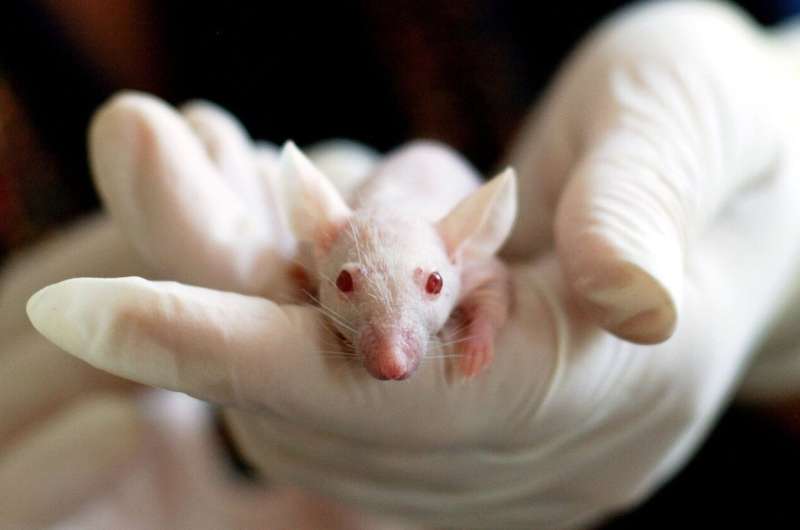Credit: CC0 Public Domain
Exposing mice to a light-dark cycle meant to mimic the schedule of human shift workers changes insulin sensitivity and glucose tolerance in the animals, according to a study published December 18, 2019 in the open-access journal PLOS ONE by Bo Zhang of Southern Medical University, China, and colleagues.
Biological clocks, synchronized with environmental light and dark cycles, are responsible for not only mediating the timing of sleep and hunger cues, but regulating glucose homeostasis and metabolism. Studies have previously shown that mutations in key clock genes can lead mice to rapidly develop metabolic disorder and obesity.
In the new work, researchers exposed female mice to a constantly shifting light-dark cycle. For four days out of each week, 12 hours of light and 12 hours of dark were aligned to the mice's previous schedule. For three subsequent days, the schedule jumped forward by eight hours, with darkness beginning partway through the normal light period. After four weeks of this alternating schedule, the researchers measured the glucose tolerance, insulin tolerance, and insulin secretion of the mice at multiple time points throughout the day, as well as food intake and physical activity. Control mice were kept on a static 12-hour light-dark cycle for the whole four weeks.
Mice on the shift work schedule had increased levels of fasting blood glucose (10.86 mmol/L vs 8.98, t=2.821, P=0.022) and hepatic glycogen (F=29.883, p<0.001) in the early stages of the light period compared to control animals. Moreover, insulin sensitivity was increased in the middle of the light period (F=9.056, p=0.009). However, restricting feeding to a fixed 12-hour period eliminated this change to insulin sensitivity. While average daily glucose tolerance was unchanged by the shift work schedule, the normal daily rhythms of glucose tolerance were shifted by 2.27 hours and had 20.4% attenuation in amplitude. The shift work schedule did not affect overall food intake, though mice on the shifted schedule ate earlier than control mice.
The current study was limited by the fact that only female mice were studied and sleep data was not collected. However, should the glucose tolerance patterns seen in these mice occur also in human shift workers, this could lead to a mismatch between glucose uptake rhythms and meal timing, with glucose intolerance occurring during meals. Changes to both insulin sensitivity and glucose tolerance could put shift workers at greater risk of developing Type II diabetes.
Zhand adds: "The effect of circadian disruption induced by light at night on glucose metabolism in shiftwork population and even in general population is a serious concern."
More information: Li-Xin Zhong et al. Circadian misalignment alters insulin sensitivity during the light phase and shifts glucose tolerance rhythms in female mice, PLOS ONE (2019). DOI: 10.1371/journal.pone.0225813
Journal information: PLoS ONE
Provided by Sun Yat-sen University, China
























